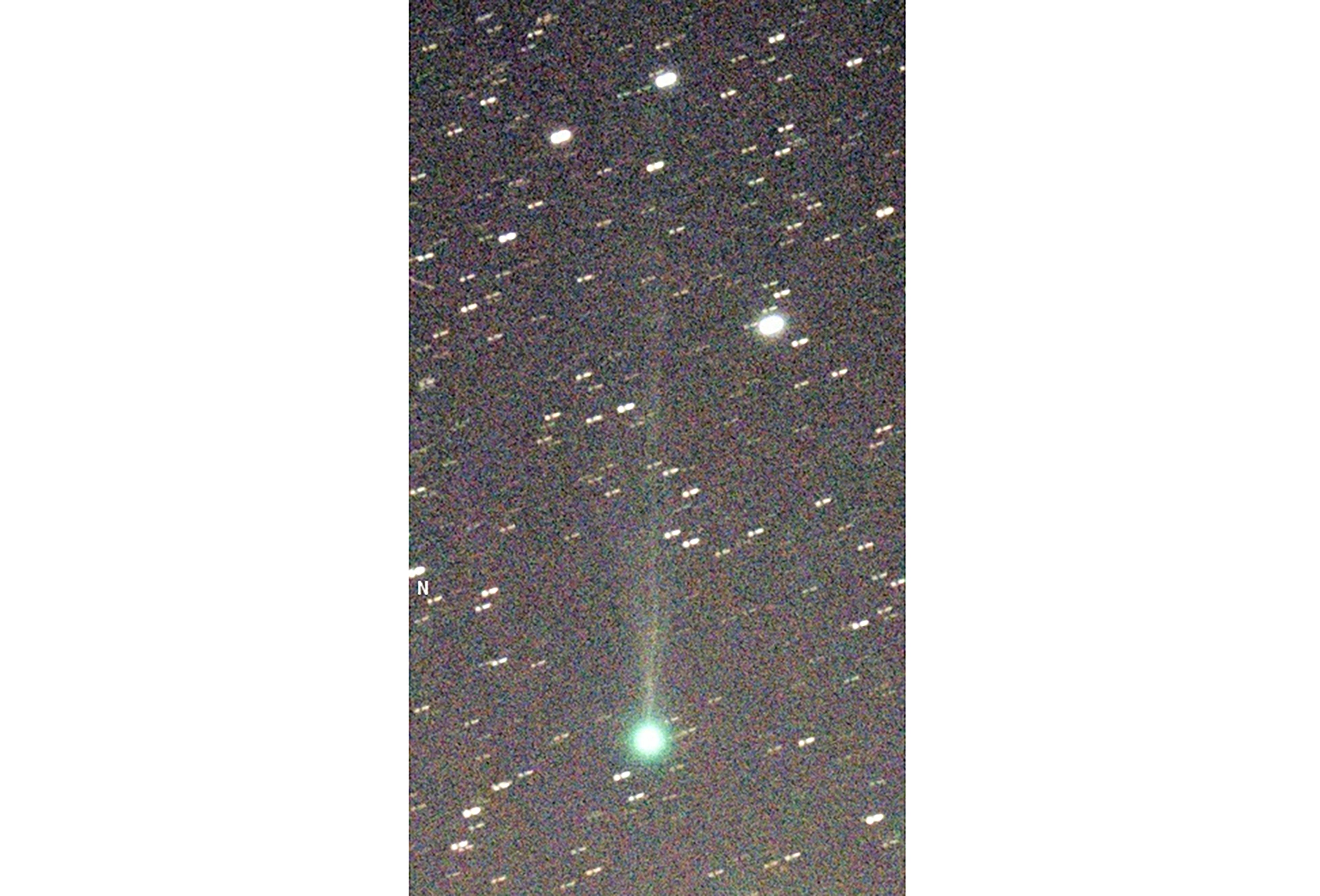
A news discovered comet, Comet SWAN, appears to have met a fiery end during its close encounter with the sun, disappointing astronomers hoping for a vibrant celestial display.
Originating from the distant Oort Cloud, far beyond Pluto, the comet had been captivating observers with its distinctive tail, visible through telescopes and binoculars.
However, experts now believe the icy wanderer likely fragmented as it swung past the sun, rapidly diminishing its brightness and dashing hopes of naked-eye visibility.
“We'll soon be left with just a dusty rubble pile,” astrophysicist Karl Battams with the U.S. Naval Research Laboratory said in an email.
Comets are balls of frozen gas and dust from billions of years ago. Every so often, a comet passes through the inner solar system.
“These are relics from when the solar system first formed,” said Jason Ybarra, director of the West Virginia University Planetarium and Observatory.

The newest comet was discovered by amateur astronomers, who spied it in photos taken by a camera on a spacecraft operated by NASA and the European Space Agency to study the sun.
The comet won't swing close to Earth like Tsuchinshan-Atlas did last year. Other notable flybys included Neowise in 2020 and Hale-Bopp and Hyakutake in the 1990s.
The comet, also designated C/2025 F2, would have been visible just after dark slightly north of where the sun set. Its green color would have been difficult to see with the naked eye.
This might have been the object’s first ever trip past the sun, making it particularly vulnerable to breaking apart, Battams said. After its flyby, what's left of the comet will disappear into the outer reaches of the solar system, past where scientists think it came from.
“It’s going to go so far out that we have no idea if it’s ever going to return,” said Battams.







